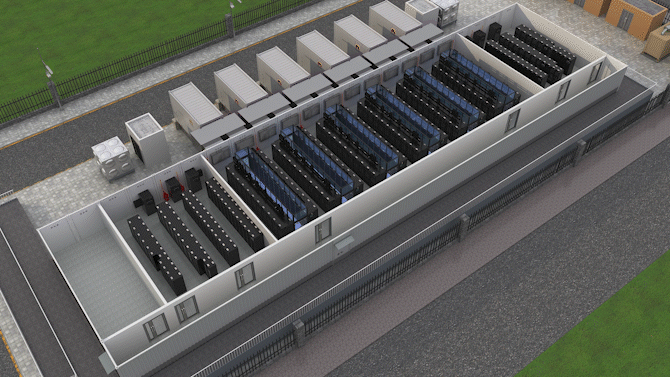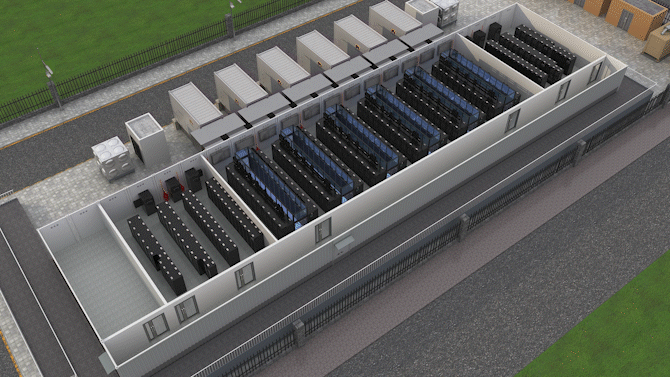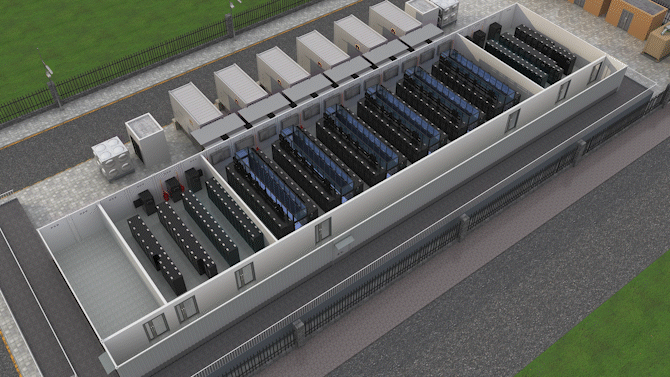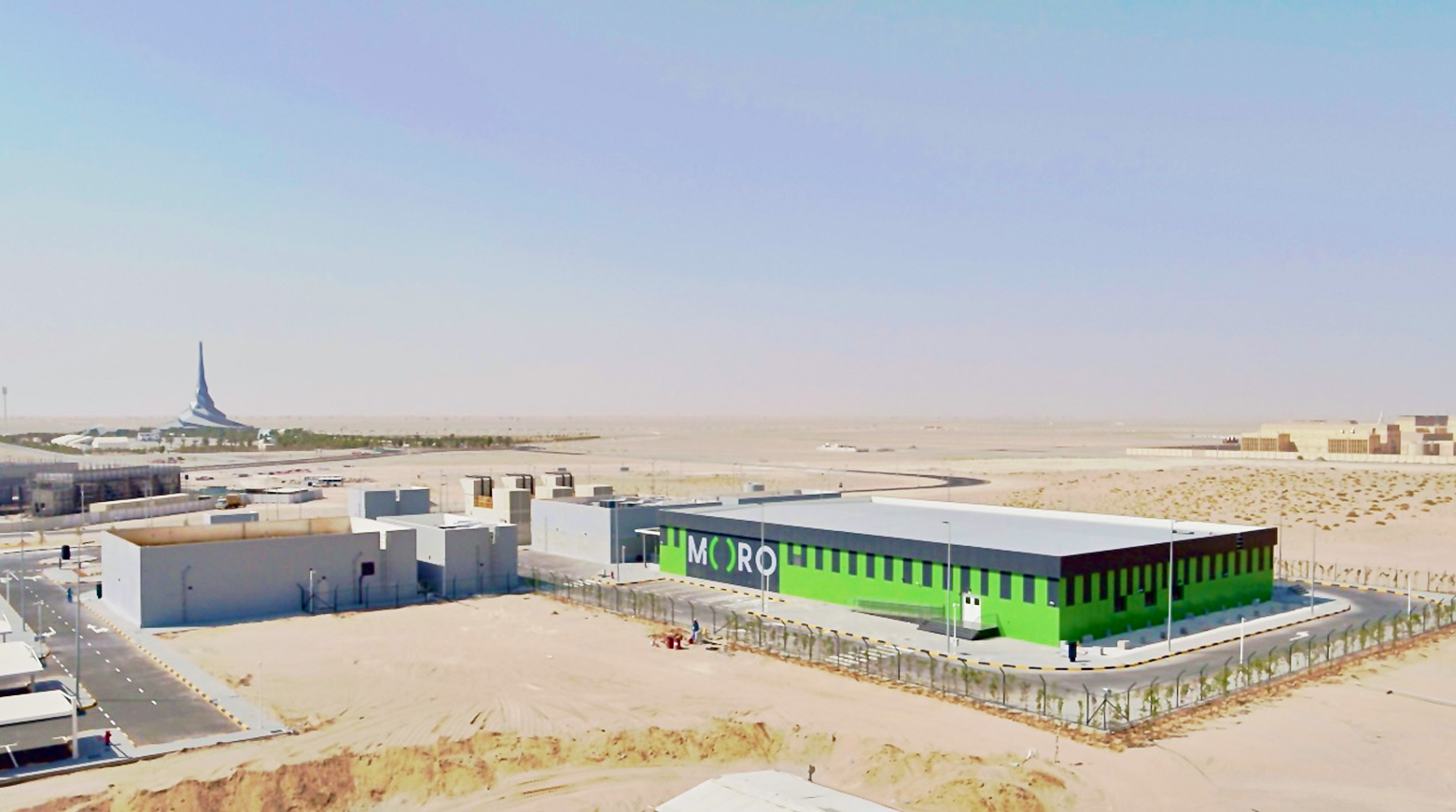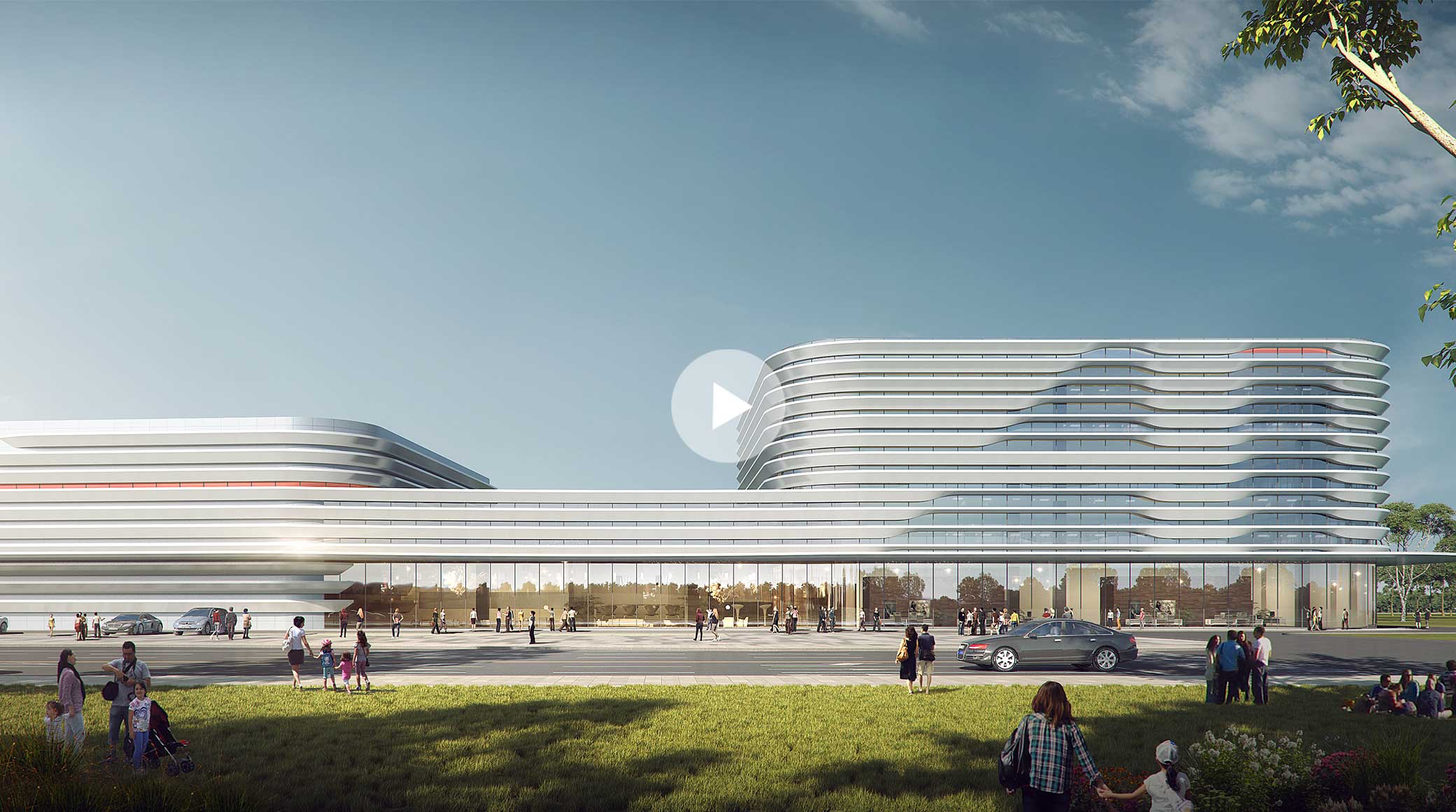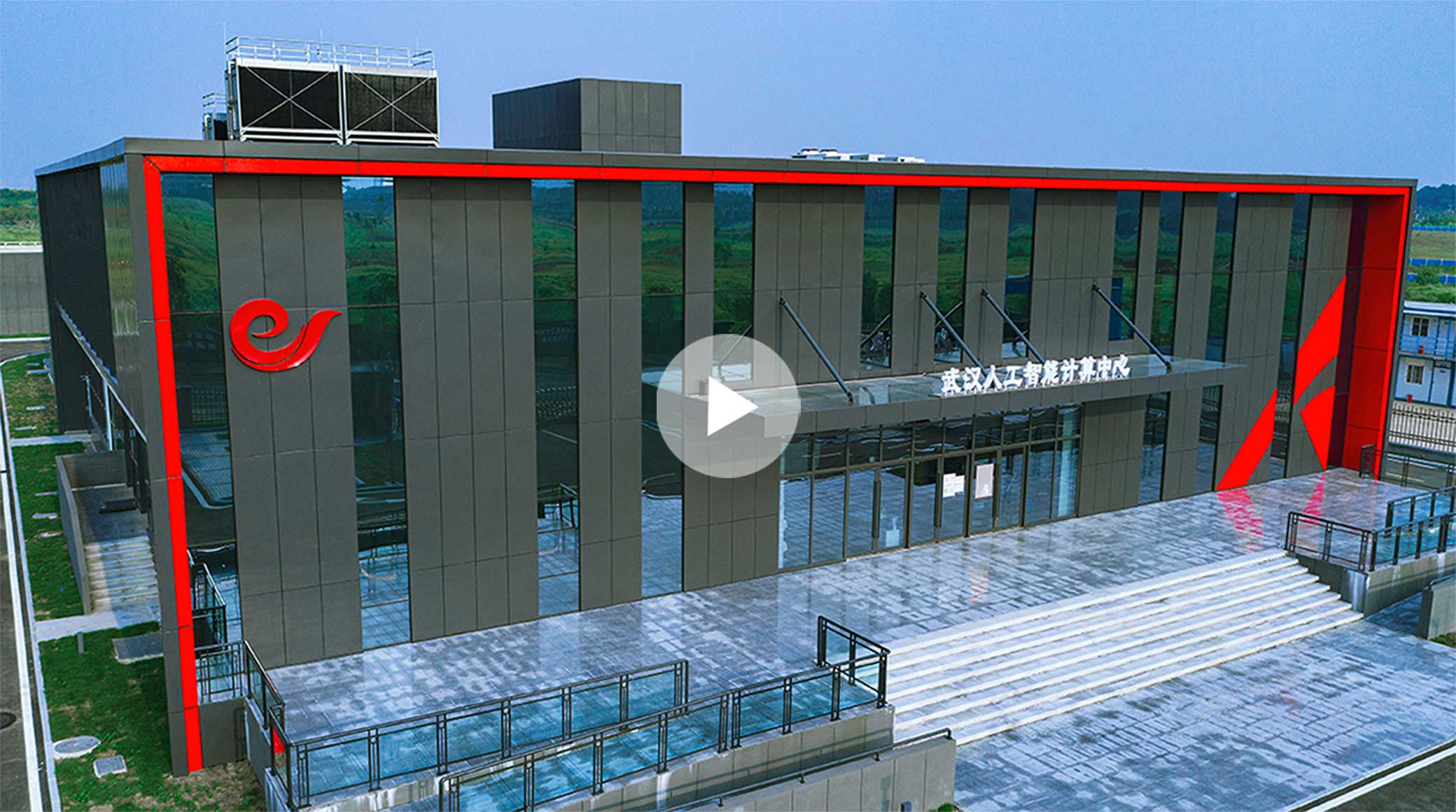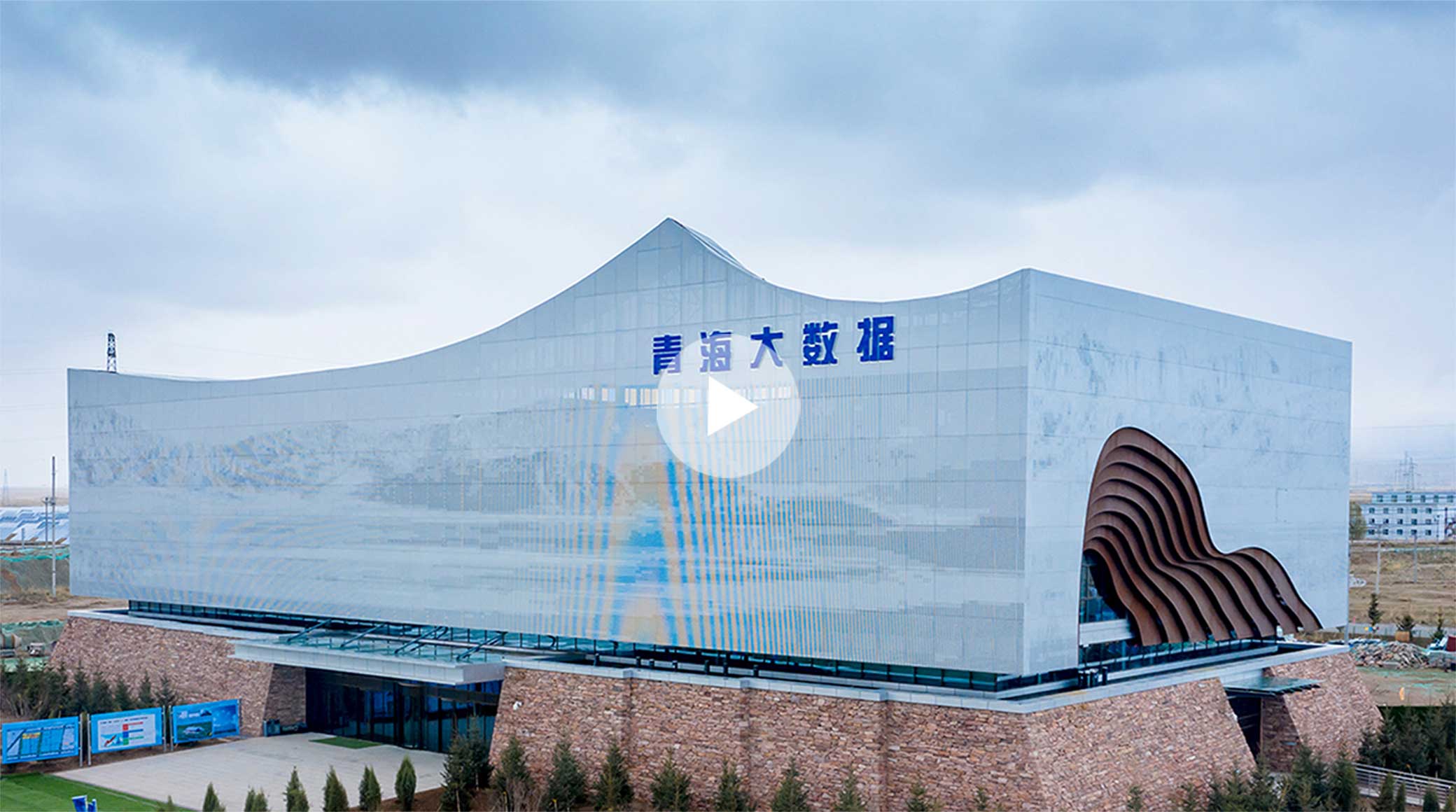Huawei FusionDC1000B is a next generation, prefabricated smart modular data center. Huawei SmartLi UPS is a Li-ion battery power system designed for data centers.
Trends
Government sector trends
Governments are quickly going digital, employing new technologies like cloud computing, big data, Internet of Things (IoT), and AI. Digital government services improve citizens’ quality of life, enable data-driven decision-making, and grow public capabilities using AI and big data.
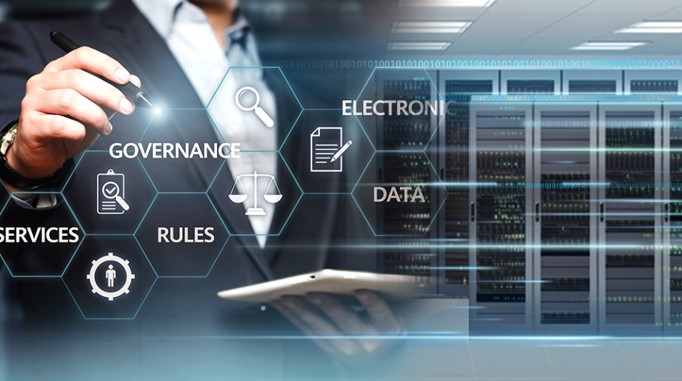
Application Scenarios
 Smart Government
Smart Government
Governments provide a comprehensive service platform for application systems, information resources, and operation assurance.
 Big Data Industry Park
Big Data Industry Park
An incubation platform enables big data enterprises to accelerate industrialization.
 Supercomputing Center
Supercomputing Center
A supercomputing center runs high-performance computers.
 AI Computing Center
AI Computing Center
An AI computer cluster is built upon AI chips.
Challenges

Carbon neutrality
Green development is a shared mission of global governments. Low carbon emissions and environmental protection are primary considerations in government data center construction.

Data security
Facilities must be secure and stable to assure the security of data housed in data centers.

Slow construction
Typically, it takes over two years to plan, design, build, and deploy a data center, making it difficult to quickly roll out government services.

Complex O&M
Data center O&M requires professional teams, so labor shortages are becoming an important challenge.
Design Principle
- Green: Uses more green energy sources.
- Efficient: Consumes less electricity, water, and other resources.
- Recyclable: Uses technologies for waste heat and material recovery.
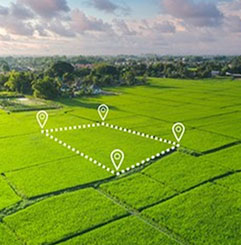 Sustainable
Sustainable
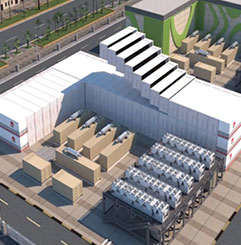 Simplified
Simplified
- Architecture: Uses innovative designs for buildings and equipment rooms.
- Power supply: Redefines components and links.
- Cooling: Shortens links while boosting efficiency.
- Automated O&M: Goes digital and intelligent.
- Automatic energy efficiency optimization: Enables smart cooling.
- Autonomous operations: Maximizes resource value.
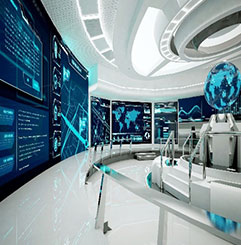 Autonomous
Autonomous
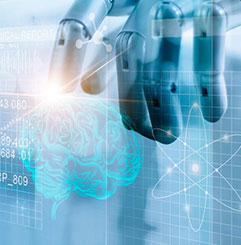 Reliable
Reliable
- Proactive security: Prevents faults and closes them quickly.
- Secure architecture: Safeguards everything from components to data centers.
Solutions & Benefits
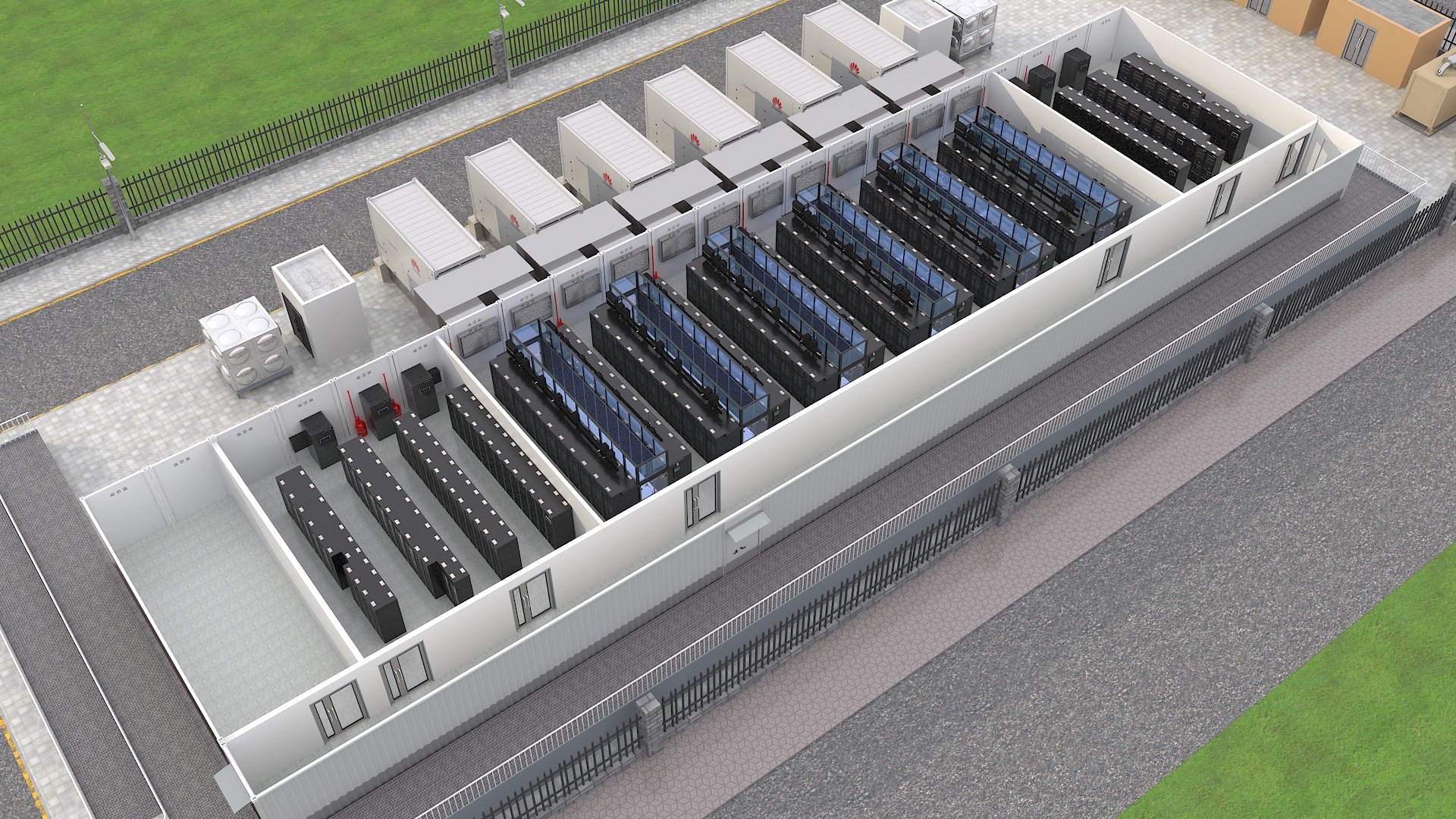
Efficient
UPS5000H delivers up to 99% efficiency in S-ECO mode and features 0 ms transfer.
Indirect evaporative cooling capitalizes on natural cooling sources.
Simple
The integrated system design simplifies procurement and speeds up delivery.
High-density deployment reduces the footprint.
Smart
Full-link visualization: Real-time monitoring simplifies O&M management.
Intelligent optimization: iCooling reduces PUE by 8%–15%.
Reliable
AI enables proactive and predictive maintenance.
Components, devices, and systems adopt modular and redundancy designs.










